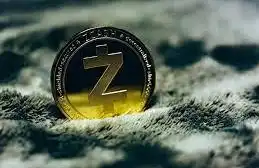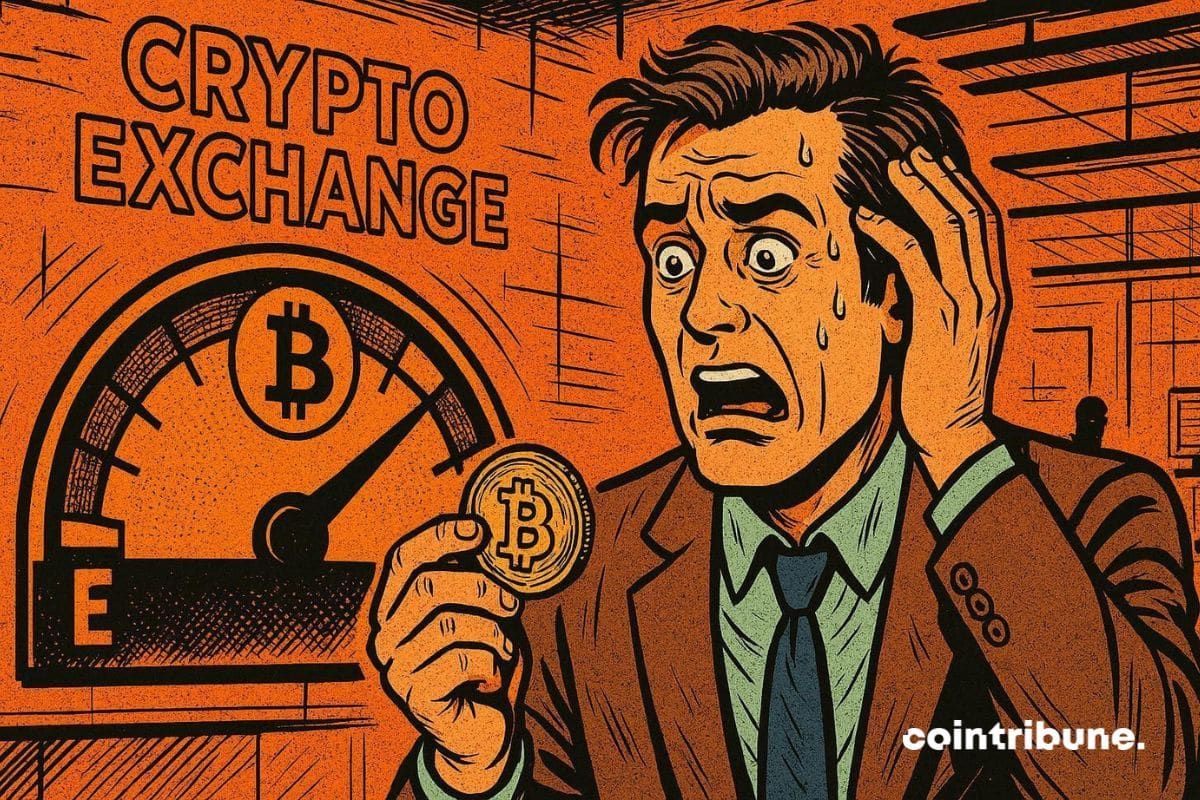Iran's Crypto Market: Navigating Geopolitical Turbulence and Strategic Adaptability
- Iran's 2025 crypto market faced 11% annual declines, with 50-76% drops in June-July amid Israel conflict and a $90M Nobitex hack. - Nobitex's 87% market dominance and TRON network overreliance exposed systemic risks, freezing liquidity and eroding trust in domestic VASPs. - Sanctions drove shifts to Polygon/DAI networks, while Iran introduced crypto capital gains tax, balancing control with formal economic integration. - Crypto enabled Iran's procurement of sanctioned tech and espionage payments, raising
The Iranian cryptocurrency market in 2025 stands as a case study in resilience and fragility, shaped by a volatile mix of geopolitical conflict, cyberattacks, and regulatory experimentation. For investors, the market's trajectory offers both cautionary tales and strategic opportunities, particularly in emerging economies under sanctions.
Geopolitical Shocks and Systemic Vulnerabilities
Iran's crypto flows declined by 11% year-over-year in 2025, with June and July witnessing drops of 50% and 76%, respectively. These collapses coincided with a 12-day conflict with Israel, power outages, and the USD 90 million hack of Nobitex, Iran's largest exchange. The breach, attributed to the pro-Israel group Predatory Sparrow, exposed systemic risks: Nobitex handled 87% of Iranian crypto transactions, with 60% of its volume concentrated on the TRON network. This overreliance on a single platform and blockchain amplified the impact of the hack, freezing liquidity and eroding trust in domestic virtual asset service providers (VASPs).
The hack also revealed a paradox: Nobitex's infrastructure enabled both state surveillance and VIP privacy, reflecting Iran's dual priorities of control and evasion. For investors, this underscores the fragility of centralized platforms in politically charged environments.
Sanctions, Adaptation, and the Rise of Alternative Networks
U.S. and international sanctions have driven innovation in Iran's crypto ecosystem. Tether's freeze of 42 Iranian-linked addresses in July 2025—many tied to the IRGC—forced users to shift to faster, lower-cost networks like Polygon and stablecoins like DAI. This adaptability mirrors trends in other sanctioned markets, such as Russia and Venezuela, where crypto adoption surged as a hedge against capital controls.
Iran's August 2025 introduction of a capital gains tax on crypto trading further illustrates its attempt to integrate digital assets into the formal economy. While this signals regulatory maturity, it also reflects the regime's desire to control capital flows. Investors must weigh the risks of state intervention against the potential for long-term stability.
Illicit Use Cases and Strategic Risks
Beyond capital flight, Iran's crypto market has become a tool for geopolitical operations. The regime uses digital assets to procure drone components, AI hardware, and KYC bypass services, while underground networks like Novin Verify facilitate sanctions evasion. More alarmingly, 2025 saw the first documented use of crypto for espionage payments, with three Israeli citizens arrested for allegedly spying for Iran. These developments highlight crypto's role in statecraft, posing risks for investors exposed to platforms or networks linked to illicit activity.
Comparative Insights: Emerging Markets Under Sanctions
Iran's experience is not unique. Venezuela's Petro remains largely symbolic, yet stablecoin remittances surged by 27% in 2025. Russia's crypto adoption grew by 30% post-2022 sanctions, with P2P trading dominating. Pakistan, under FATF scrutiny, saw a 17% YoY increase in crypto transactions but faced a 28% drop in trading volumes after regulatory crackdowns. These cases reveal a common pattern: sanctions drive innovation in crypto usage but also create fragmented, high-risk ecosystems.
Investment Strategy: Balancing Risk and Resilience
For investors, the key lies in identifying resilient infrastructure and diversified networks. While domestic platforms like Nobitex remain vulnerable to geopolitical shocks, global exchanges and decentralized protocols offer safer havens. The shift to Polygon and DAI in Iran suggests that liquidity can persist even in unstable environments—if infrastructure is robust.
- Diversify Exposure: Avoid overconcentration in single platforms or blockchains. Prioritize decentralized or globally regulated exchanges.
- Hedge Against Geopolitical Risk: Allocate to stablecoins and cross-border networks (e.g., DAI, USDC) that mitigate local volatility.
- Monitor Regulatory Shifts: Iran's tax law and similar policies in Russia and Turkey indicate a trend toward formal integration. Early movers in compliant platforms may benefit.
- Assess Illicit Activity: Due diligence is critical. Platforms linked to sanctions evasion or espionage pose reputational and legal risks.
Conclusion
Iran's crypto market exemplifies the duality of emerging economies under sanctions: fragility in the face of conflict and innovation in response to restrictions. For investors, the path forward requires a nuanced understanding of geopolitical dynamics, regulatory shifts, and technological adaptability. While risks are significant, the market's resilience—evidenced by its rapid pivots to alternative networks and stablecoins—suggests that crypto will remain a vital, if volatile, artery of economic survival in sanctioned environments.
Disclaimer: The content of this article solely reflects the author's opinion and does not represent the platform in any capacity. This article is not intended to serve as a reference for making investment decisions.
You may also like
Pantera Partner: In the Era of Privacy Renaissance, These Technologies Are Changing the Game
A new reality is taking shape: privacy protection is the key driver for blockchain to go mainstream, and the demand for privacy is accelerating across cultural, institutional, and technological levels.

Analyst: PORT3 hackers profited $166,000
Bitcoin : The Fear Index Reaches Record Levels — A Technical Rebound in Sight?
